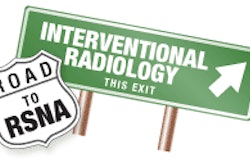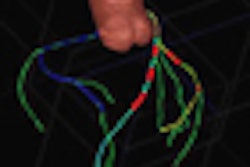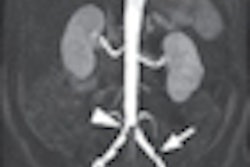In his presentation, Jamshid Dehmeshki, MD, will discuss his group's efforts to quantify the reintervention rate, study the reintervention risk, and clarify the role of symptoms that lead to reintervention apart from surveillance.
Dehmeshki and colleagues collected information on the reintervention rate in 553 patients (mean age, 75 ± 7 years) who underwent a median follow-up of 31 months (range, 1-97) after endovascular aneurysm repair. They drew Kaplan-Meier survival curves and performed subgroup analyses using log-rank tests to assess the reintervention risk.
A novel computer-aided detection (CAD)/computer-aided measurement (CAM) system was developed in-house to measure preoperative morphological characteristics in abdominal aortic aneurysms and surrounding regions, which were then annotated manually by vascular surgeons. Manual morphological measurements for intra- and interobserver variability were recorded and compared with automated assessment using CAD/CAM, and the automated method's predictions were correlated with patient outcomes.
Imaging alone drove the decision to reintervene in 1.4% to 9% of cases. Among the 553 patients examined, there were 86 (12%) reinterventions during the follow-up period. Reintervention-free survival at one, three, five, and seven years was 90%, 85%, 81%, and 78%, respectively.
Reintervention was higher in patients who needed an intraoperative adjunct during the original procedure (p = 0.014). In fact, intraoperative adjuncts were an independent risk factor for future reintervention (p = 0.012), the authors said. But imaging reduced the need to go back in: The use of intraoperative CT angiography was associated with a lower reintervention rate (p = 0.024).
Surveillance may be justified in patients seen to be at high risk for intervention, according to CAD, which promotes faster and more cost-effective outcomes.



















